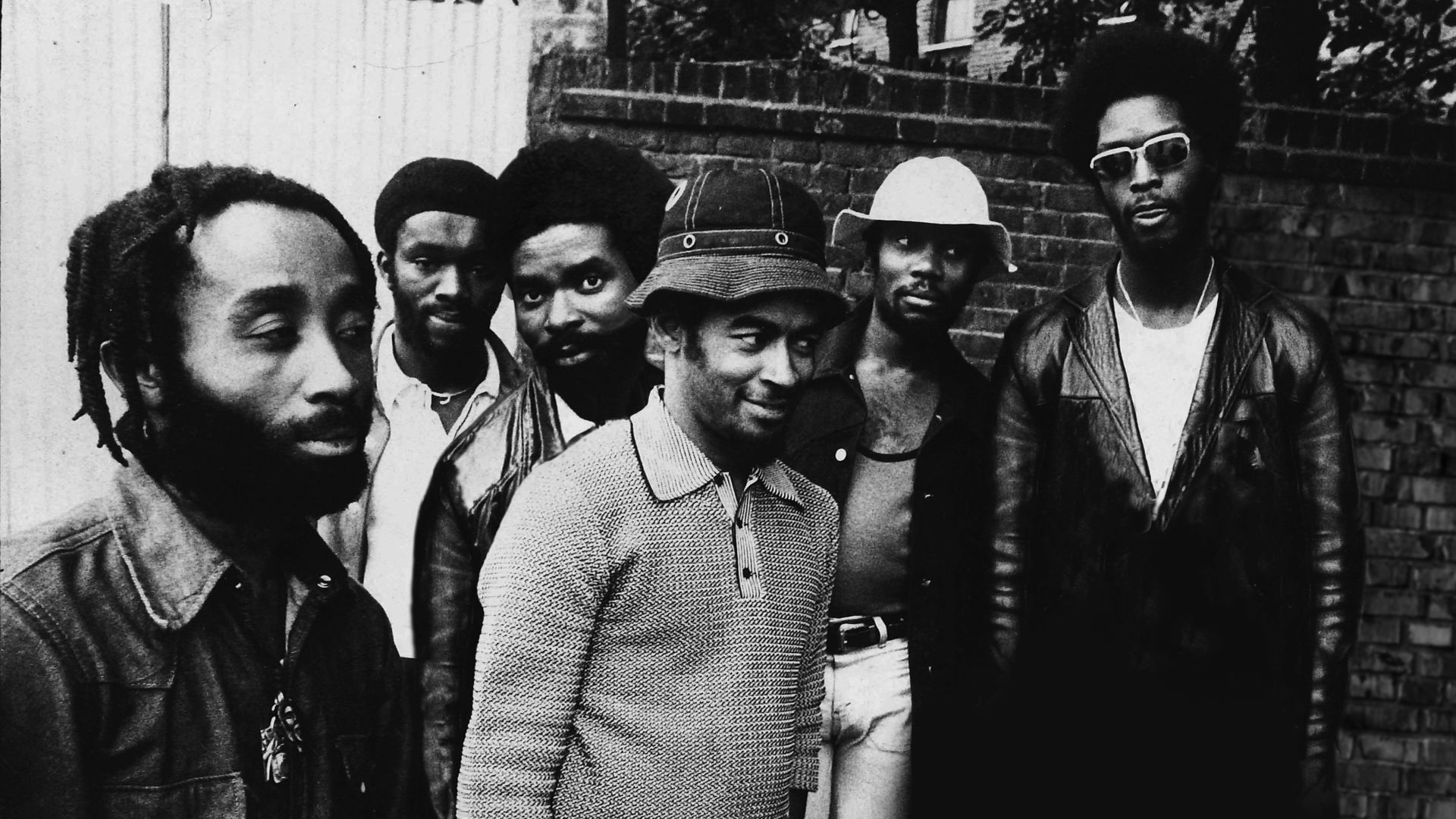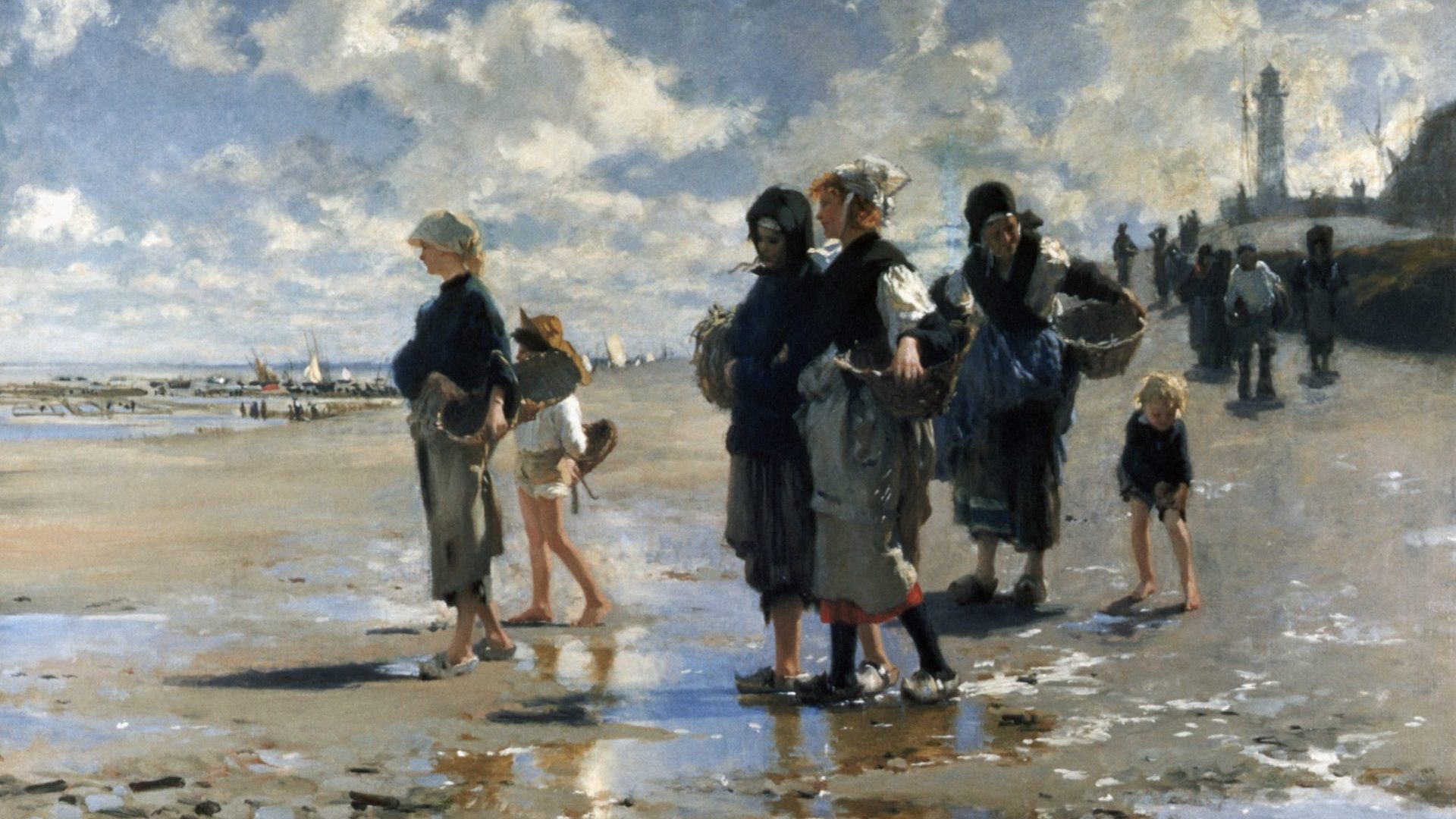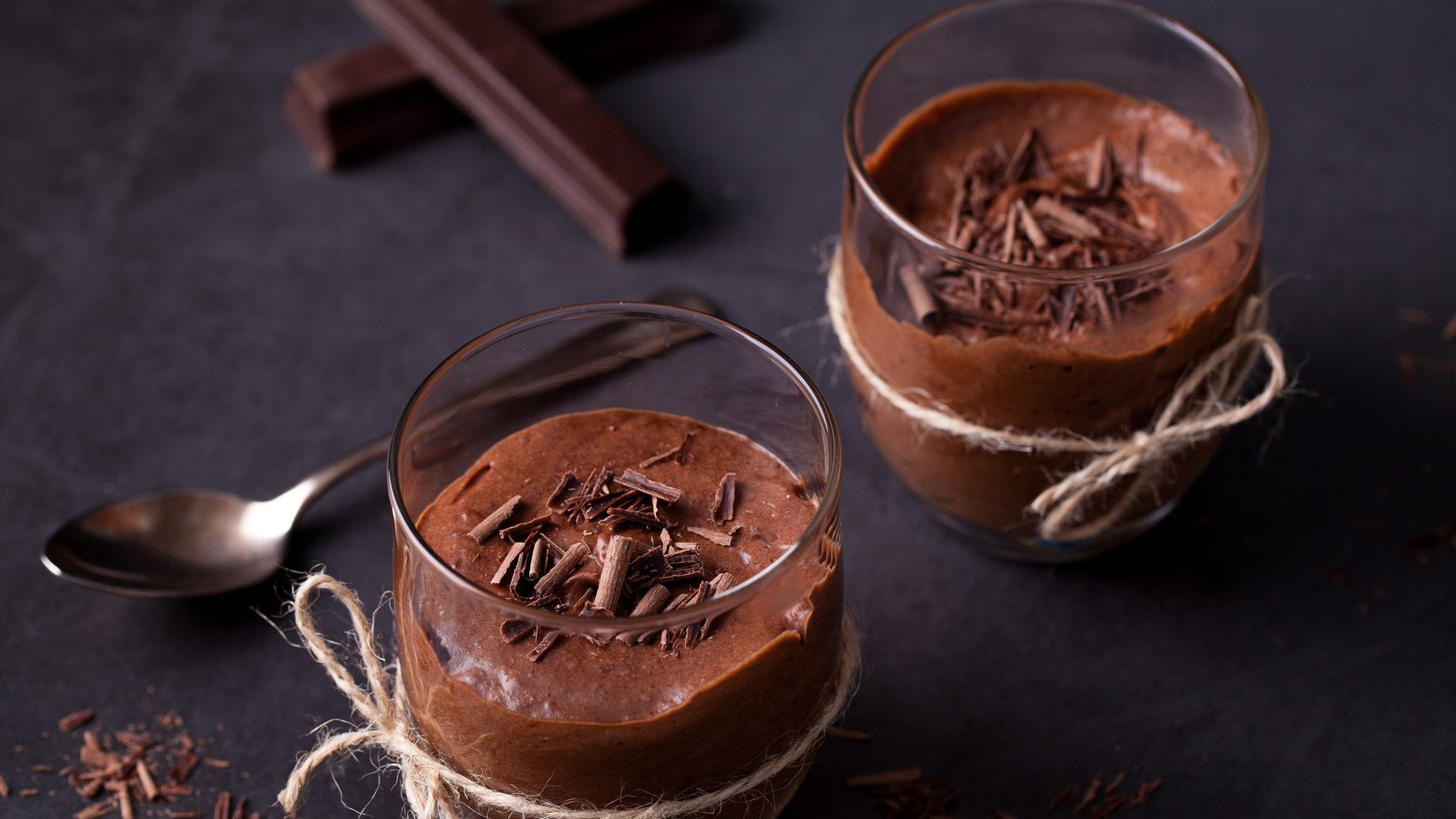Two jolly men in their seventies are sitting with me in the cinema at BFI Southbank, giggling and reminiscing about their childhood as neighbours on a south London street. Steve Scipio and Patrick Patterson are celebrating the release, by the BFI, of a joyous documentary film about their careers and are ready to head off on a European tour – taking in Paris, Belgium, Berlin, and Sweden – with the band they founded.
After talking to me, they’re off to appear on the BBC Six O’Clock News, on national television for the first time. It has taken over 50 years, but they’ve finally arrived at the heart of the British cultural establishment.
Cymande is the name of their band, probably the greatest band you’ve never heard of, but whose music you will certainly have heard and danced to, their samples and basslines having powered hits from De La Soul, the Fugees, Wu-Tang Clan and France’s MC Solaar, of whom more later.
Formed between Brixton and Balham in 1971 with a bunch of Caribbean youths, all children of the Windrush generation, they were the first British band to ever play the Harlem Apollo. They supported Al Green on tour. And yet, back here in London and the UK – nothing. The band split up in 1975 for a short break. “It was supposed to be a couple of months off to reset,” laughs Patrick Patterson, who arrived in London from Guyana in 1958. “It ended up being 40 years.”
Getting It Back tells the story of why you’ve not heard of Cymande (pronounced Sih-Mahn-Day) and how their music survived, a faint pulse, then a heartbeat, now fully alive again, leaping from one generation to the next. I confess I was expecting some anger and bitterness in Patrick and Steve, that their brilliance has taken so long to be recognised, and that the UK music industry was, shall we say, not readily disposed to black success in the 1970s. But – just as it does in the funky, jazz-tinged, reggae-inflected sounds they created – it’s their serenity and generosity that shine through.
“We’re not angry,” says Steve. “We accept it. We stuck to our concept and our sound and now it is coming around. Better late than never, they say and sometimes things go at their own pace, when they’re meant to happen, not when you’d like them to happen.”
“We never felt bitter about it,” says Patrick. “We never gave up our connection to the music. For me, it never stopped, it was just a break but the music we’d made was always part of us, part of our life experience.”
Patrick and Steve had, in fact, carved out successful careers as human rights lawyers, helping Caribbean communities with cases between the islands and the UK. “That was very rewarding work as well, so that may have tempered any sense of anger. But we will always say the UK is a wonderful country that accepted us and look, it is now allowing us to tell our story.”
Why that story makes Getting It Back, for me, an exemplary music documentary, is because it combines great tunes, great characters and a firm sense of context, politically and socially. I ask the director of the film, Tim MacKenzie-Smith, if the story of racism in 1970s Britain was an impetus in telling the story.
“No, it was about the music,” he insists. Driven by his desire to find out more about the tunes he heard on a late ’80s mixtape, his investigations led him to discover just how many other people loved this music without really knowing who’d made it. Or how to pronounce their name. “I just wanted to know why the hell doesn’t everyone know about this amazing band?”
“However,” he says, “once I started digging into their story, I realised I was in a territory that, as a white man, I wasn’t qualified to explore – that of racism. Was that really why the band weren’t the success they deserved to be? I needed the band’s moral permission to take it further, really, so I tentatively asked Patrick if he felt the industry was racist in the 1970s and I’ll never forget the look he gave me as he turned and said: ‘Is water wet?’”
Unprompted, Patrick and Steve composed a lengthy essay on all the micro-aggressions and pushback they received, which now finds itself reprinted on the cover notes of the DVD and Blu-Ray editions of the film.
The footage and stories of a generation of Caribbean kids acclimatising to the south London streets are given a fresh spin here. Cymande’s music is not that of protest but of a spiritual contemplation. As DJ and cultural figurehead Norman Jay MBE himself puts it in the film: “They were a band for thinkers… there’s nothing throwaway about it, their music is challenging, it confronts you, and it makes you dance.”
When I put that to Steve and Patrick they find it hard to pin down how they got to their distinctive style. “There was a spirituality to it, certainly,” says Steve, who also hails from Guyana but has ties to Anguilla. “But we played music for all sorts of styles and people, from a few different islands but who were all now on this island, in south London.”
Patrick adds: “We had a Rastafarian bongo and percussionist, Pablo, who was our talisman really, our heartbeat, our soul. But I was in a jazz band before, and played with Ginger Johnson’s Africa Drummers, and so spirituality comes from all those styles, the combination of all our internal spaces, so it is thoughtful but organic and authentic and that’s what still connects to people today, that authentic feel.”
Cymande’s albums had distinctive artwork – totally 1970s, a bit Afro-futuristic, surreal, tribal, colourful. I remember my dad bringing an album home that someone had left in his shop and I just stared at the cover for hours. When I put the needle on, what came out was entrancing, deep, complicated. I mean, I’d been growing up on those knock-off Top of the Pops albums with covers of Chirpy Chirpy Cheep Cheep, so this lot came to the suburbs as a hot breeze from another planet.
As 6 Music DJ Craig Charles says: “They were, for me, the British Earth Wind and Fire, the black British supergroup that never happened.” “Were we political?” ponders Patrick. “Not intentionally but we were very clear that we wanted to make this certain type of music, a sound of our own that was black music and there was so much quality black music here in the UK that was wonderful and that was lost because the industry was not sufficiently accommodating to it.”
“I remember going to a meeting with a demo,” says Steve. “And we put on our record and after about five bars, the guy scratched the needle off, and put on something else with a pop sound and said ‘can’t you make something more like this?’ It was difficult to stick to your concept, but we did, something original that well, you might say was a bit alien, so if that’s political then yes, we were that.”
Disillusioned but with three great albums to their name, Cymande took a rest in 1975. Where MacKenzie-Smith’s documentary excels is in tracing how the music was kept alive. There’s a thrilling sequence when the action moves to New York and the nascent hip hop scene of turntables and where the beat of Cymande’s track Bra became as crucial a beat and bassline as, say, James Brown’s Funky Drummer.
Artists played it at block parties in the Bronx and Queens and made it to the downtown clubs of Nicky Siano and Larry Levan where disco was alive and underground. That then made it into the ’90s hip hop culture of samples, and back to London floors and pioneers including Jay and Soul II Soul’s Jazzie B.
It feels like watching a sound travelling around the world, hopping from format to format, from vinyl to cassette, to dancefloor, into the compilation CD era and then into the digital file-sharing and playlist era, on to YouTube and streaming, the survival story of a beat.
“The music was too good to die, basically,” says Tim. “So for me, the music was a character in the film. You had Steve and Patrick, who went off to be lawyers, Derek the sax player went off to be an electrician, Pablo kept wandering and playing and praying as if they’d never gone away, and the music went on this journey, on its own.”
The next time I heard Cymande was in Paris, in the early 1990s, when their song The Message played a key role in the foundational French hip hop crossover hit Bouge De Là by MC Solaar, the first time black French music had hit the mainstream. It inspired a generation of French hip hop and dance music that reverberates through northern Europe today. This was groundbreaking stuff. And Cymande knew practically nothing about it.
“All of this journey for the music, well, it was the hand of God, my brother, the hand of God,” chuckles Patrick. Adds Steve: “It is a fantastic story. But that is art – you know you make it, and you don’t know the reaction or the life it will have, but you express yourself through it and hope the way you feel about it will be what others will feel too.”
In the film, the cameras are there to capture Cymande, playing at the Bataclan to a packed house, and, when they play their immortal bars from The Message, MC Solaar comes on stage to perform his Bouge De Là, and the place goes wild. It is quite a moment.
Even the unflappable Patrick agrees: “That was when you realise it all comes together, that venue with all that it means, that tune, that song and what it clearly means to a whole generation of people, you know, for all of European hip hop, that is quite a thing for us to witness, and which we could never imagine when we recorded the track.”
London rapper Loyle Carner says in the film that Cymande are unique in now being fresher than the sounds they inspired. “For my generation, the Fugees are old, De La are old, Cymande is what’s new, they’re the band being discovered.”
“We owe a lot to other people for keeping the Cymande situation alive,” says Steve, a man who has humbly created some of the all-time basslines. “We did not do all the work. We have to thank all those crate diggers and producers, and all the black musicians that we can represent who didn’t get a chance.”
Adds his childhood friend and next door neighbour Patrick: “We were invisible for a long time. But it’s wonderful right now and it is a very emotional journey for us. It’s good to know we stayed true to our music and to our style, to Peace and Love. I’m a very sensitive individual and, it might be romantic to say it, but maybe the message comes out of my fingers when I play. It eventually reached the right audience. And we are old enough now to really enjoy it.”
Getting It Back: The Story of Cymande is in UK cinemas from February 16 and out on Blu Ray and BFI Player from February 26. For UK and European tour dates see cymandeofficial.com




